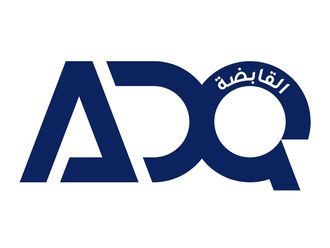Mumbai: India's rupee will strengthen 3.2 per cent in the next three months as government sales of stakes in state companies and relatively high bond yields attract funds from abroad, Deutsche Bank said.
The German lender predicts the currency, which has risen 3.8 per cent so far this year, will climb to 43.2 per dollar. The central bank may favour gains to make imports cheaper after a report last week showed inflation stayed at a 17-month high, economists Taimur Baig and Kaushik Das wrote in a research note.
"Portfolio inflows related to disinvestment and inflows into local corporate bonds will remain the key driver of rupee strength," Singapore-based Baig and Mumbai-based Das wrote in the note. "Until it becomes clear that inflation has peaked the Reserve Bank of India will likely remain hawkish and accommodative of rupee strength."
The rupee slipped 0.6 per cent from the end of last week to trade at 44.58 per dollar as of 11:52am in Mumbai, according to data compiled by Bloomberg. It reached 44.165 on April 15, the strongest level since September 8, 2008. The median estimates in a Bloomberg survey of analysts are for the currency to reach 44.50 by the end of this quarter and 43.95 by September 30. Asia's third-largest economy plans to raise $8.9 billion (Dh32.73 billion) selling shares in state-owned companies in the fiscal year through March 2011, Finance Minister Pranab Mukherjee said on February 26. That's more than half the total value of last year's share sales in India.
India's benchmark 10-year bond yields 8.07 per cent, compared with 3.75 per cent for similar-maturity US debt and 1.34 per cent for those in Japan.
Overseas investors' holdings of Indian bonds have more than doubled in the past year to a record $12.2 billion, according to the Securities and Exchange Board of India. Net purchases this year already total $4.8 billion, more than the combined inflows of 2008 and 2009. Foreigners' holdings of the securities are capped at $20 billion.
India's wholesale prices rose 9.9 per cent from a year earlier in each of the last two months, the biggest increases since October 2008.












